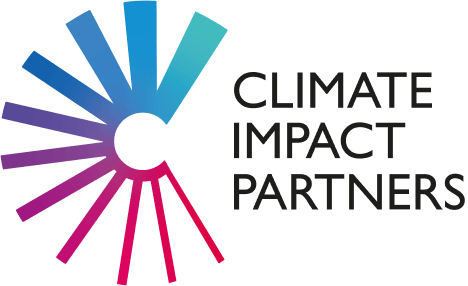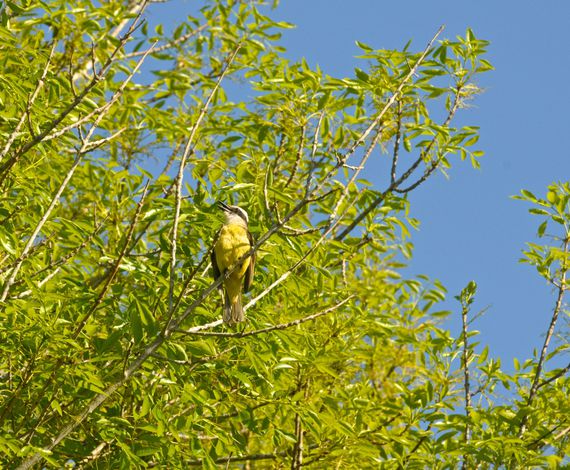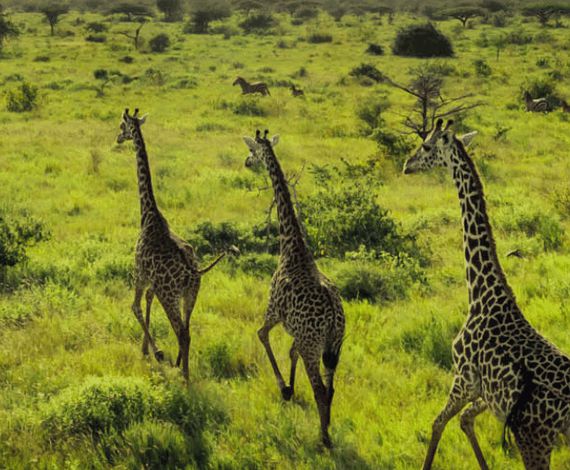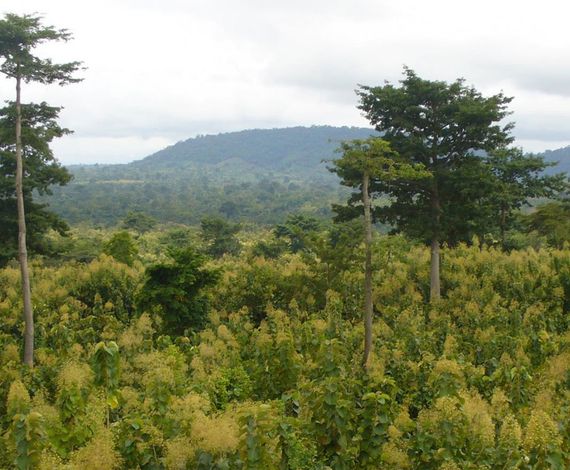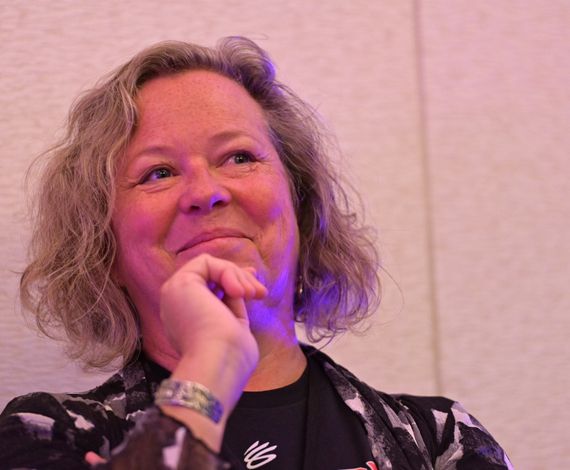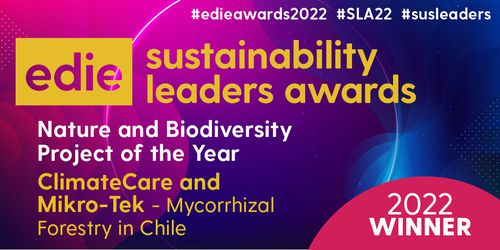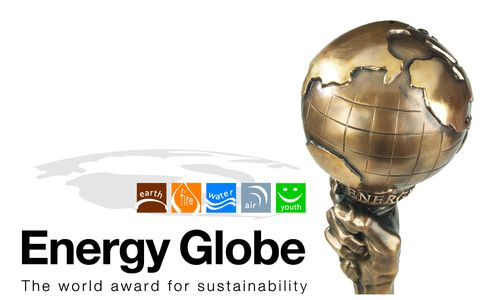Biodiversity is essential for the resilience and prosperity of our world and yet it is declining faster than ever before. What can be done to enhance it?
May 22nd is International Day for Biological Diversity, and this year’s theme of Building Back Biodiversity highlights the need for effective financing mechanisms for conservation and restoration projects. Given the need to speed up implementation of work to move towards the targets of the Kunming-Montreal Global Biodiversity Framework (GBF), timing is critical.
We have recently partnered with CreditNature, which measures positive impacts from nature recovery and rewilding initiatives. We are also working closely with leading biodiversity specialists to analyze biodiversity changes from nature-based carbon finance projects. It is through this sort of collaboration that we will be able to contribute to the GBF’s targets.
Tokenization for Biodiversity Restoration
CreditNature was spun out of Ecosulis in 2022 and has developed a framework, called Natural Asset Recovery Investment Analytics (NARIA), which applies the latest technology to measure and score the integrity and resilience of an ecosystem. It gathers and rates the quality of many data sources, including biodiversity data from field surveys, and images from satellites and drones. CreditNature then works with land stewards to agree on methods to increase ecosystem integrity and demonstrate biodiversity gain. Once these models are agreed, a Nature Impact Token is issued, which represents the digital asset of the investment and the associated ecosystem and biodiversity gain.
The benefits of tokenization are in the efficient tracking, quantifying, and verifying of the impacts, all of which is fed into a simple metrics dashboard that is aligned with the emerging Taskforce for Nature Related Financial Disclosures (TNFD) LEAP process (risks and opportunities assessment). Investors and purchasers of the tokens can monitor the progress of their investments, and confidently know and communicate the biodiversity gain they have supported.
This solution encourages and incentivizes investment in rewilding projects, and ensures those investments are credible, transparent and secure. Currently eight UK-based projects are in advanced development stages (amounting to over 8,000 ha), and work is underway for pilot projects across Africa and in Australia. CreditNature are currently working with the Scottish Government to build a voluntary biodiversity credit market, with the aim of bridging the current £20 billion investment funding gap in Scotland.
Biodiversity Gain in Carbon Finance Projects
Carbon finance projects are primarily avoiding and reducing emissions around the world. But many also contribute to preserving and restoring biodiversity and natural ecosystems, using the Climate Community Biodiversity (CCB) standard to demonstrate improved livelihoods for local communities and enhanced biodiversity conservation.
A REDD+ project in Brazil conserves 100,000+ hectares of pristine Amazon rainforest and protects natural ecosystems with endangered and vulnerable species. The carbon project safeguards 16 endangered or vulnerable plant species as identified by the International Union of Conservation of Nature (IUCN). This includes the Woolly Monkey, Black-faced Monkey, and Goeldi’s Monkey. It has also enabled biodiversity specialists to observe Scarlet Macaw, Amazon River Dolphins, Squirrel Monkeys, and Great White Herons in the area. The proximity to other intact forests enhances habitat connectivity, which is critical to thriving ecosystems.
A key element of CCB’s standard is engaging with Indigenous People and local communities, the custodians of nature. Their involvement is crucial to incorporate local knowledge and best practices, leading to more effective efforts to implement safeguards, and providing additional sources of revenue to build a sustainable long-term solution. Supporting the livelihoods and collaborating with the people who live within and rely on an ecosystem is essential to protecting and restoring the biodiversity of that ecosystem.
In the case of the Brazilian REDD+ project, it has helped grant land tenure to local families and introduced new initiatives to relieve deforestation pressures, such as agricultural training (rotational cattle pastures, artisanal processing of fish, sustainable vegetable and fruit growing techniques). The project has also supported the construction of health centers, dental clinics, and new classrooms for local schools. Overall, the project delivers a myriad of sustainable development impacts and promotes sustainable economic livelihoods.
As we face the challenges of a rapidly changing world, every effort counts. Together with governments, corporates, and local communities, we can restore ecosystems, protect endangered species, and create a future where biodiversity thrives again. We need to embrace the opportunity to rebuild the delicate balance of nature in order to ensure a sustainable and resilient planet for generations to come. The time to act is now, and our actions today will shape the biodiversity of tomorrow.
Get in touch
$700 billion per year of investment will be required to achieve Global Biodiversity Framework's goals (UN)
Given the need to speed up implementation of work to move towards the targets of the Kunming-Montreal Global Biodiversity Framework, timing is critical.
The Latest Insights From
Climate Impact Partners

Buying Smart: How to Avoid the Carbon Credit Crunch
As carbon markets evolve, demand for high-integrity credits is set to outpace supply as early as 2030—with some buyers already feeling the squeeze.
Read more
SBTi Net Zero Draft V2.0: Your Key Questions Answered
Climate Impact Partners experts answer key questions on the SBTi's draft Corporate Net Zero Standard V2.0.
Read more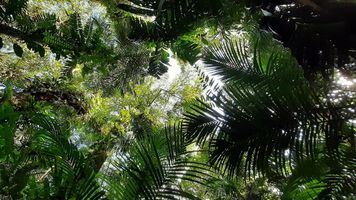
Navigating the SBTi's Proposed Net-Zero Revisions: Implications for Carbon Credits, Removals, and BVCM
An overview of the key updates from the SBTi’s proposed Corporate Net Zero Standard (V2.0) and implications for carbon credits.
Read more